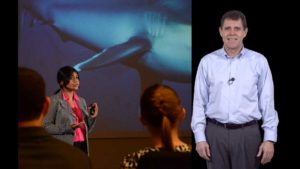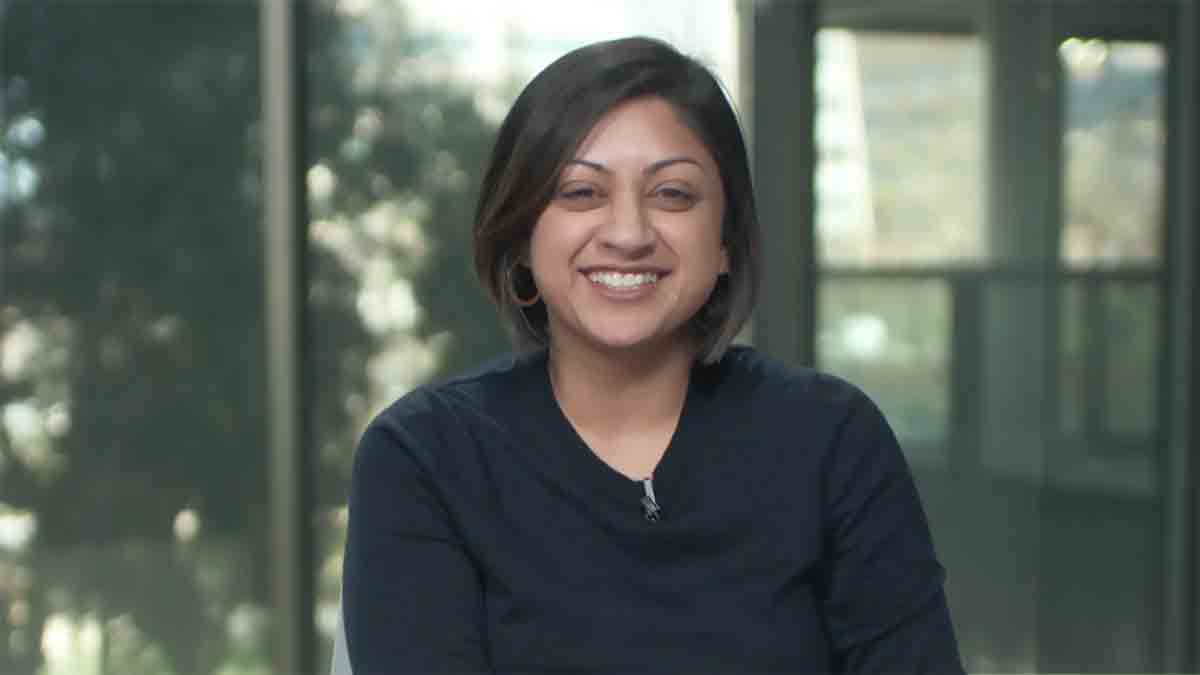Talk Overview
Michael Alley has been teaching scientists and engineers how to design presentation slides and deliver effective scientific talks for over three decades. In this three-part lecture, you will learn (a) how to design your PowerPoint or Keynote slides, (b) how to organize your talk, and (c) how to confidently deliver your research seminar. This series will help trainees and research scientists alike improve their presentation skills.
Speaker Bio
Michael Alley

Michael Alley holds a master of science in electrical engineering from Texas Tech University and a master of fine arts in writing from the University of Alabama. Alley is a teaching professor of Engineering Communication at Pennsylvania State University. He is the author of three popular textbooks: The Craft of Scientific Presentations (2013), The Craft… Continue Reading











Itizaz says
Thank you sir i was really looking for this information…keep it up
Rick Salatino says
In the early 2010s, I was a scientific training manager, a molecular biologist and learning professional, for a medium-sized biotechnology company. I tried to influence and train our R&D scientists to use Michael Alley’s Assertion-Evidence approach to improve slide design for better knowledge acquisition and retention. While scientists theoretically accepted the approach, they practically rejected it. Powerpoint defaults were the comfortable default for most scientific research presentations and, I suspect, they still are today.